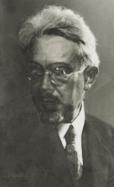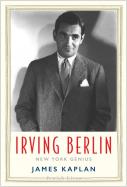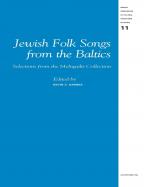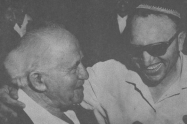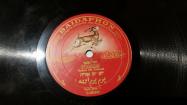(169 results found)
Curt Sachs
… (1960): 88–89. (in French) … American musicologist of German birth, founders of modern organology … Musicologist … German Jews … American … organologist … Curt Sachs …
German Jewish Sacred Musical Intersections
… This project aims to map, analyze and make German Jewish liturgical music ( minhag Ashkenaz ) … public emotions, of cross-cultural intersections between Jews with the surrounding Christian society, and of marking … that a new paradigm of Jewish liturgical music developed in German-speaking communities parallel to the gradual rise of …
Book review: James Kaplan, Irving Berlin: New York Genius
… of one of Berlin’s more mediocre works, “Oh, how that German Could Love”in Berlin’s own 1909 recording (xiii-xv). … the show on the ground that there were already too many Jews involved in it. We are told that the Jewish moguls of … throughout his career, were also ethnic (if not religious) Jews. A book in such a series might be reasonably expected …
Book review: Hernan Tesler-Mabé, Mahler’s Forgotten Conductor
… Gershom Scholem and Franz Rosenzweig, who formulated their German-Jewish identity within “the traditional bounds of … demonstrates the “complex, non-monolithic nature” of the German-Jewish experience that lies in the “interaction with … briefly discusses the precarious position of German-Jews in the context of Canadian Jewry in general, yet he …
Review essay: Kevin C. Karnes and Emilis Melngailis, Jewish Folk Songs from the Baltics
… from minority communities which inhabited Latvia, namely, Jews, Roma, Russians, Germans, Lithuanians, Poles, Belarussians, Latgalians, … 1850s, decades after this practice was well established in Germany, but almost half a century before the first …
Bore ‘ad ana – A Dirge for the Ninth of Av and its Geographical Distribution
… maqam-oriented school of the Ades Synagogue of the Aleppan Jews. For many years, Nehemiah was cantor and preacher at … in Neo-Aramaic (the vernacular language of the Kurdish Jews), Kurmanji, Hebrew and Arabic. He was a sought-after … mostly (but not only) musical. This encounter between the German-born ethnomusicologist and her collaborator, the …
The Edith Gerson-Kiwi Legacy
… Comparative Musicology. Lachmann was also forced to leave Germany in 1936 and settled in Jerusalem. There he founded … musicology and Jewish music, and a mediator between German culture and scholarship and the nascent Israeli … vividly transpires in her encounters with Middle Eastern Jews eternalized in her voluminous recordings. Edith …
The Fall of Jerusalem in Song: The Ashkenazi Melody She’eh ne’esar
… his A Voice Still Heard: The Sacred Song of the Ashkenazic Jews (University Park and London, 1976, pp. 100-101) … that the “Western” melody, i.e. Sulzer’s, is similar to German folk melodies, some documented as early as the … (1932, p. xxxix), which also refers to other possible German sources for this melody. Idelsohn included “She’eh …
Stefanie Mockert
… Her studies focus on the liturgical music of Southern German Jews, bringing in an interdisciplinary perspective inspired … “ From Berlin to Jerusalem and back - The letters of German-Jewish Musicologist Edith Gerson- Kiwi (1908-1992) ” …
Yom Yom Odeh: Towards the Biography of a Hebrew Baidaphon Record
… in the sixteenth century that continues amongst Syrian Jews today (Kligman 2009; Shelemay 1998). “ Yom Yom Odeh ” … affiliations today (including my right to obtain a second German passport and travel freely between Israel and … which was supported by a doctoral studentship of the German National Academic Foundation and the Mildred Loss …



